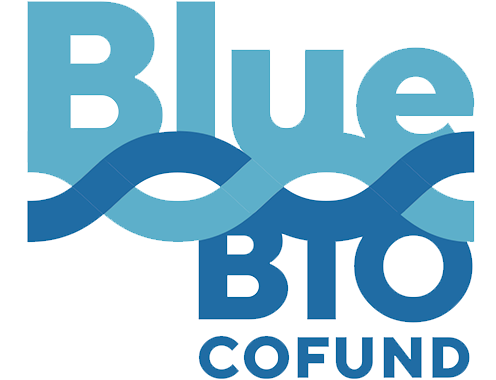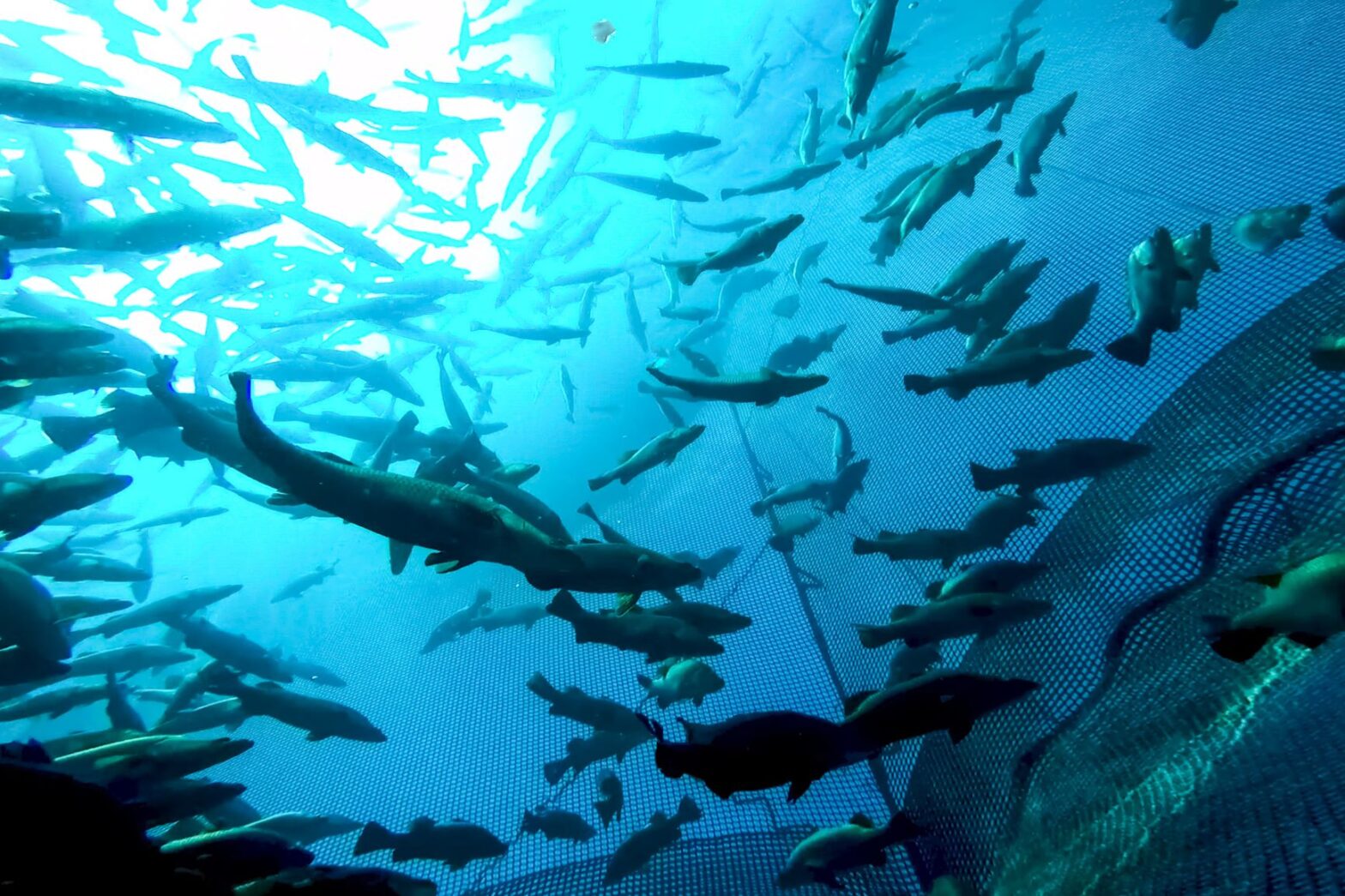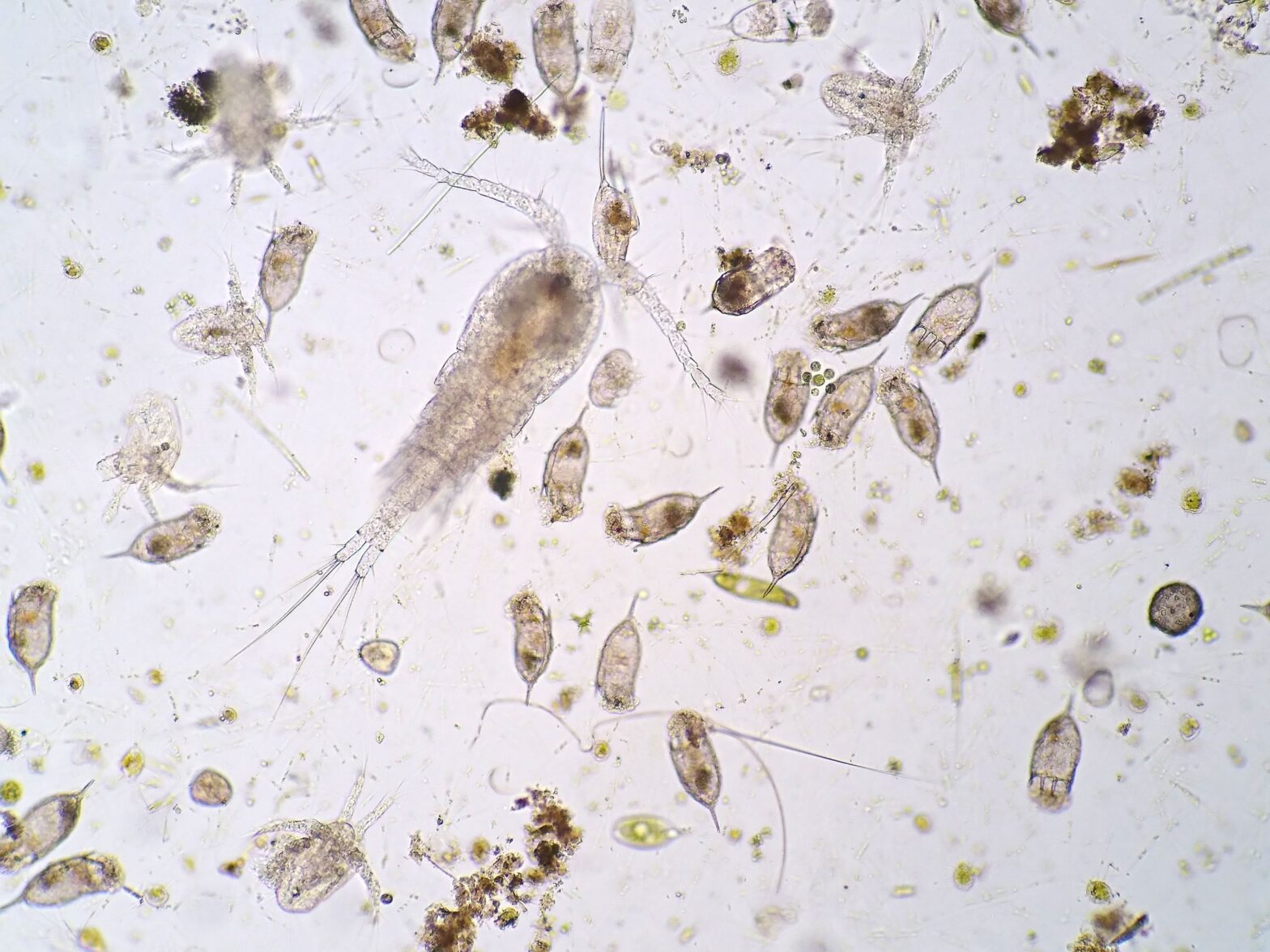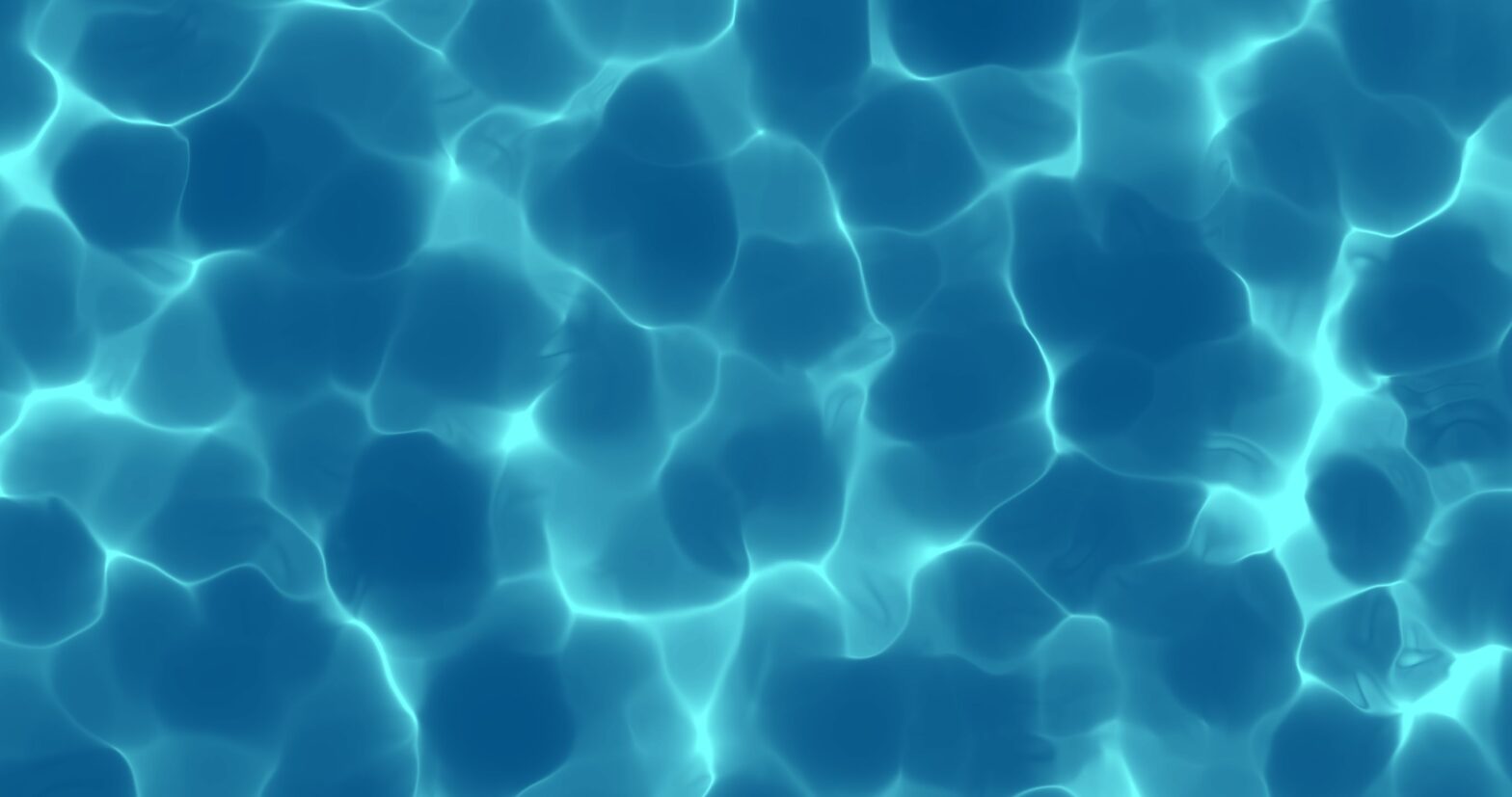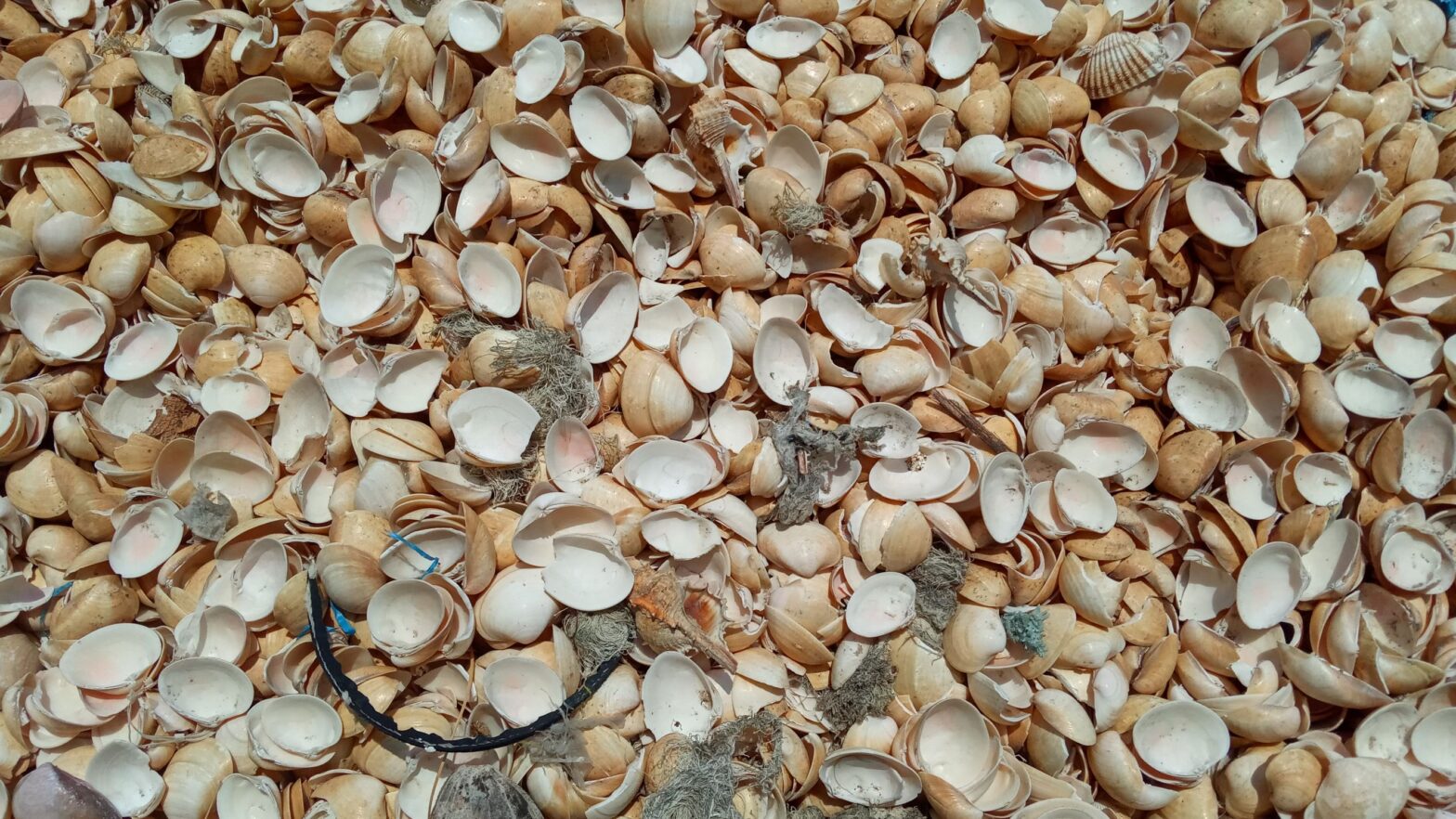Month: March 2021
3D Printed Biomarine Wound Healing Accelerant
3D Printed Biomarine Wound Healing Accelerant AQUAHEAL3D This project combines all renewable, marine sourced products to create a 3D printed wound healing medical device. We will incorporate Regenics’ bioactive substances from unfertilized salmon roe, HTX, into a topical wound healing dressing (class III medical device) for chronic hardto-heal wounds. The components of the entire woundhealing… Continue reading 3D Printed Biomarine Wound Healing Accelerant
Microalgae Microbiomes – A natural source for the prevention and treatment of diseases in aquaculture
Microalgae Microbiomes – A natural source for the prevention and treatment of diseases in aquaculture AquaHealth Aquaculture is one of the fastest growing food sectors in the world. In order to guarantee continuous, efficient and sustainable production and to safeguard the growth of this important sector, its protection from biological threats is crucial. Within the… Continue reading Microalgae Microbiomes – A natural source for the prevention and treatment of diseases in aquaculture
Identification of broodstock performance indicators and markers to boost the aquaculture of emerging fish species
Identification of broodstock performance indicators and markers to boost the aquaculture of emerging fish species BESTBROOD Appropriate broodstock management is essential for supporting reproductive function and reliable and consistent production of gametes and high-quality eggs, critical for the rapid increase in juveniles supply and turn aquaculture into a profitable industry. In all species commercialized to… Continue reading Identification of broodstock performance indicators and markers to boost the aquaculture of emerging fish species
Recycling crustaceans shell wastes for developing biodegradable wastewater cleaning composites
Recycling crustaceans shell wastes for developing biodegradable wastewater cleaning composites BIOSHELL Wastes from agriculture and fishery cause harmful effects on the environment and implicitly on humans. But, many of these wastes can be recycled. One of the current global issues refers to minimizing waste production, effective wastewater treatment, biosafe food production, and reducing hazards from… Continue reading Recycling crustaceans shell wastes for developing biodegradable wastewater cleaning composites
Sustainable utilization of zooplankton as by-products
Sustainable utilization of zooplankton as by-products BIOZOOSTAIN The main objectives of BIOZOOSTAIN is to fully process valuable ingredients, such as astaxanthin, chitin, polyunsaturated omega-3 fatty acids, wax-esters and enzymes from marine zooplankton, such as Calanus finmarchicus, which are taken ashore and introduced as a side raw material or by-catch during pelagic fishing. The aim is… Continue reading Sustainable utilization of zooplankton as by-products
Commercial exploitation of marine collagen and chitin from marine sources
Commercial exploitation of marine collagen and chitin from marine sources BlueCC Over the coming decades, the world will witness increased competition for limited and finite natural resources, e.g. to feed the 9 billion global population by 2050 and to handle changed demographics. An aging population requires new solutions to add life quality to those extra… Continue reading Commercial exploitation of marine collagen and chitin from marine sources
Advanced Materials using Biogenic Calcium Carbonate from Seashell Wastes
Advanced Materials using Biogenic Calcium Carbonate from Seashell Wastes CASEAWA The project “Advanced Materials using Biogenic Calcium Carbonate from Seashell Wastes” (CASEAWA) aims at producing chemically and physically functionalized biogenic calcium carbonate particles (FbCCP) using fishery industry waste seashells from mussels and oysters (7 Mton/year). FbCCP will be used in polymeric compounds and to obtain… Continue reading Advanced Materials using Biogenic Calcium Carbonate from Seashell Wastes
Optimizing land-based fish production in next generation digital recirculating
Optimizing land-based fish production in next generation digital recirculating DIGIRAS Recirculating aquaculture systems (RASs) have been developed for land-based production of sea- and freshwater species. These systems are designed to provide high biomass production while reducing resource usage and maximizing control of operational parameters. However, only a few of these parameters are systematically monitored, and… Continue reading Optimizing land-based fish production in next generation digital recirculating
Improving aquaculture sustainability by modulating the feedmicrobiome-host axis in fish
Improving aquaculture sustainability by modulating the feedmicrobiome-host axis in fish ImprovAFish As the human population surges towards 10 billion, the production and consumption of aquaculture products such as fish is expanding. Efficient and environmentally sustainable practices are therefore required to ensure long-term food security. To solve these challenges, attractive solutions include developing new feed ingredients… Continue reading Improving aquaculture sustainability by modulating the feedmicrobiome-host axis in fish
